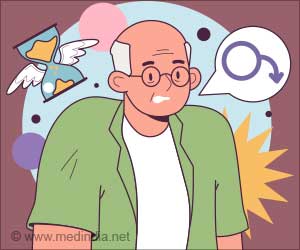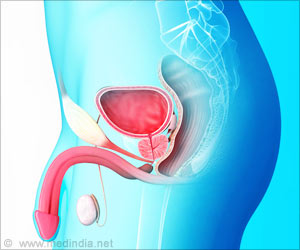As boys go obese in the US, so does their sense of shame over enlarged breasts, a condition known as gynecomastia. So they undergo the surgeon’s knife readily. In 2006, according to the American Society of Plastic Surgeons, nearly 14,000 boys age 13 to 19 underwent surgery to reduce the size of their breasts. That represents 70 percent of all the male patients who had such surgery last year, and an increase of 21 percent over the previous year for that age group.
Often, enlarged breasts are simply part of adolescence, most commonly caused by the hormonal fluctuation of puberty, according to the National Institutes of Health. But in a society that values chiseled abs and Rafael Nadal biceps, adolescent boys are willing to resort to surgery to fix problems their bodies might resolve later on their own.David Zinczenko, the editor in chief of Men’s Health, said that many of his magazine’s readers are concerned about having enlarged breasts. “The sad thing is that it’s a fairly common problem among young teenagers, which is usually resolved by the latter stages of the testosterone rush that finishes off adolescence,” he noted.
Adolescent boys also no longer have the patience to outgrow a little breast puffiness. “Boys these days are much more in tune with trying to look good, to try to look like the models on the covers of the fitness magazines,” Dr. Roxanne Guy, a plastic surgeon Guy said. “Be that good or bad, sometimes they can go overboard, and in this sense they are beginning to resemble teenage girls.”
The shame can be intense. One of Dr. Copeland’s patients, now 17, had breast reduction surgery at 15. His problem was not one of obesity but of glandular overgrowth. He was given anonymity, after saying he was still too embarrassed to speak publicly about the issue. “I took my shirt off once, and a couple of kids laughed at me, and I never took my shirt off again,” he said. His pediatrician was opposed to the surgery, but the young man, a student at a Manhattan private school, had the support of his parents.
A British Web site, Manboobs.co.uk, welcomes readers with the slogan, “Welcome to Man Boobs. The site that says, ‘we’re fat and we’re proud,’ and then quickly puts it T-shirt back on.” And several Web sites, such as gc2compression.com and makemeheal.com, sell compression garments that purport to reduce the visibility of enlarged male breasts.
Plastic surgeons in the United States suggested that the rise in popularity of professional golf may have also contributed to public awareness of gynecomastia; several prominent popular players have slightly enlarged chests.
Advertisement
As such, she said, “It is very important that one not operate on a child who is still in puberty.” If surgery is done too early, she said, the hormones that caused the initial breast enlargement may still be active and cause ongoing breast development after surgery. While gynecomastia in young men is most often associated with hormonal fluctuations or obesity, many surgeons are also beginning to link it with increased abuse of steroids.
Advertisement
Surgeons who are referred a young patient by a pediatrician often will first call for a complete endocrinological workup to make sure that the breast enlargement isn’t a transient hormonal fluctuation. Other causes include decreased testosterone production, kidney failure, testicular tumors and liver disease. The condition can be addressed with hormone treatments such as testosterone patches or even Tamoxifen, an estrogen-inhibiting drug that is best known for its use in the treatment of breast cancer in women. “You have to rule out any other cause before surgery,” Dr. Copeland said.
The reduction procedure depends on the size and composition of the breast. Some surgeons simply use liposuction to remove fatty deposits. If the breasts are enlarged with not only fat but also extra glandular tissue, the surgeon must remove the fat and excise the glandular tissue. Occasionally, in extreme cases, a surgeon must remove fat, glandular tissue, excess skin and reposition the nipple, in which case the patient will have some scarring.
The procedure does not require general anesthesia, but it typically requires several days of bed rest and wearing a compression garment for a month. The price range is $4,000 to $10,000, depending on the complexity of the procedure. Yet others argue that once breasts brought down to the normal size for a male, the boy could go for exercises in the open air without too much of an inhibition.
Source-Medindia
LIN/M










